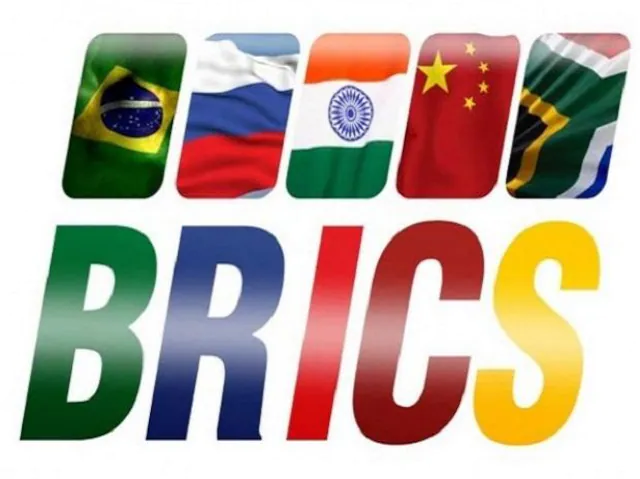Such stand-offs are a manifestation of a deeper struggle within society: upper-caste resistance to the rise of Dalits and how the criminal justice system still fails them
As a wedding procession of 200-odd people danced to the hit Bollywood song Ghoomar, Ramprasad Bamnia, 27, dapper in a dark blue suit, a multi-coloured turban, and sword in hand, sat proudly atop a white-coloured mare.
“This was the third most important day of my life,” Bamnia said. The happiest was when he started studying at a special boarding school for children from the scheduled castes (SC)–the constitutional name for those who were considered at the bottom of the social hierarchy in India–and the second happiest when he was selected in Madhya Pradesh’s (MP) police force, after several failed attempts.
As the procession made its way to the house of the bride Sonia Bamnia, in Ghatiya village, 20 km north of the religious city of Ujjain, in the central Indian state of MP, Bamnia and his guests were accosted by about a dozen people between the ages of 20 and 28 years. They threatened to burn the music system if the procession didn’t stop playing the song Ghoomar–a traditional Rajasthani folk song adapted for the movie Padmavat, which the Karni Sena, a Rajput fringe group protested alleging that it defamed the Rajput queen Padmavati. The crowd also insisted that Bamnia get off the mare as he crossed the houses of Rajputs, considered to be a higher caste in the traditional system. Bamnia refused to get off the mare.
Over the last couple of years, Dalit weddings have been interrupted by upper castes in Rajasthan, Uttar Pradesh and Gujarat. In April 2018, in Uttar Pradesh (UP), a Dalit, Sanjay Jatav, was denied the right to ride a mare to his wedding. When he protested, water and electricity supply to his and his fiancé’s family were stopped by some upper caste families.
In 2018, a 21-year-old Dalit, Pradip Rathod, was allegedly killed in Gujarat, by upper caste men, for owning and riding a horse. The Dalit community in Gujarat has also been assaulted for sporting a moustache and performing Garba–a Gujarati folk dance.
Such stand-offs are a manifestation of a deeper struggle within society: Men and women from upper castes are increasingly anxious that Dalits–who make up 16.3% of India’s population–previously considered untouchables, and relegated to jobs considered impure, are enrolling in schools in greater numbers, studying in colleges, finding better jobs and aspiring for long-denied equality.
This is the first part of a two-part series on upper-caste resistance to the rise of Dalits and how the criminal justice system still fails them. The second part explores opposition to inter-caste romantic relationships, and the struggle Dalits face getting justice.
Poverty rates for the SC population have fallen sharply: In urban areas, it fell from 40.6% in 2004-05 to 21.7% in 2011-12, comparable to the fall in poverty rates for the rest of the population, excluding other backward classes (OBCs). In rural areas, poverty rates for SCs fell from 53.5% in 2004-05 to 31.5% in 2011-12, less than the rest of the urban population, excluding OBCs.
Dalits question the status quo
Hidden behind these numbers, on the ground, Dalits are questioning the status quo in small ways.
In Dhuwaliya village, in Rajasthan’s Bhilwara district, Prakash Meghwanshi’s wedding procession, or Bindauli, as it is locally called, was stopped by a group of upper caste men and women who asked him to get off the horse in front of the houses of the upper castes, police said. Meghwanshi refused, and when his family threatened to call the police, those stopping the procession let it proceed.
“Since years, no Dalit had ridden a horse at his wedding in our village. People either didn’t even think of doing it or if they did, they would be scared of what the upper caste people would say,” Rampal Balai, the father of the bride in Dhuwaliya, who arranged for the horse, said. “I wanted my daughter to have a big wedding and I was aware of our rights” to mount a horse.
Those who had stopped the procession said it was not caste-related, and that no one rides in front of the temple on a horse. Police said the temple was just a pretext for stopping the procession and that the procession was just passing the side wall of the temple.
“It’s an issue of dignity,” Satish Kumar of the Jaipur-based Centre for Dalit Rights told IndiaSpend. The upper castes feel that if someone considered lower caste can mount a horse, and ride on the main path of a village, “hamari izzat mitti me mil jaayengi (we won’t be respected any longer)”. Dalits, especially those who migrated to urban areas for study and work, want to have the right to ride a horse, just like everyone else does, Kumar said.
“Earlier there was a lot of child marriage in Dalits so such processions were not common. That’s changed now,” said Bhanwar Meghwanshi, who works for Dalit rights in Rajasthan, and is a national council member of the People Union for Civil Liberties.
“This happens because of old attitudes. The upper castes would consider themselves above all, and believe that old traditions would continue forever,” said Panchuram Saraswat, station house officer, who first appeared at the scene of the wedding procession in Dhuwaliya.


No comments:
Post a Comment